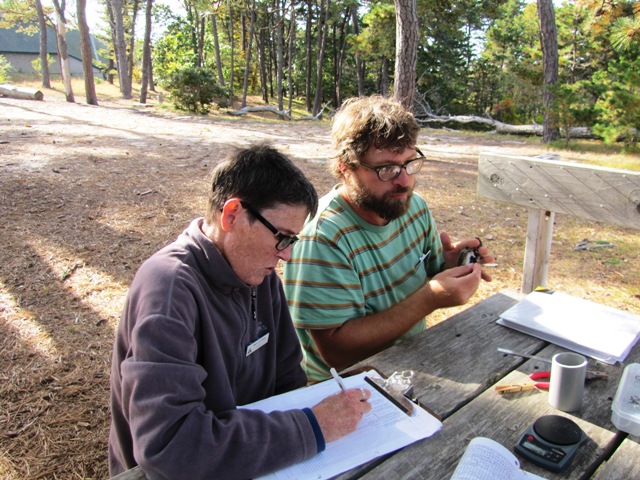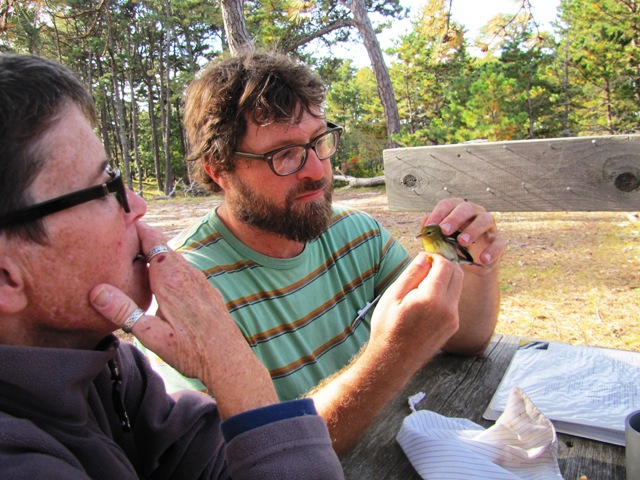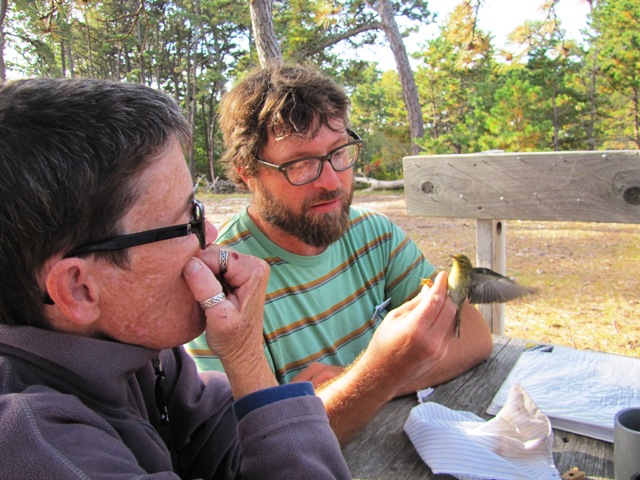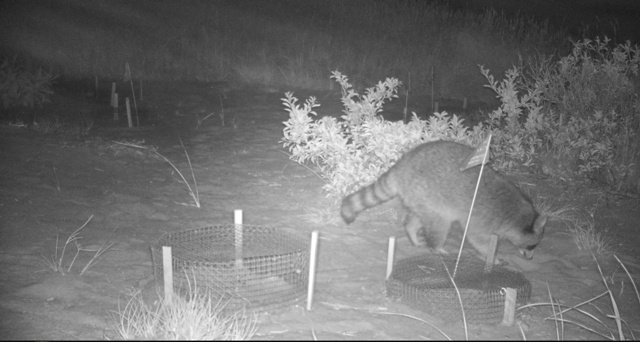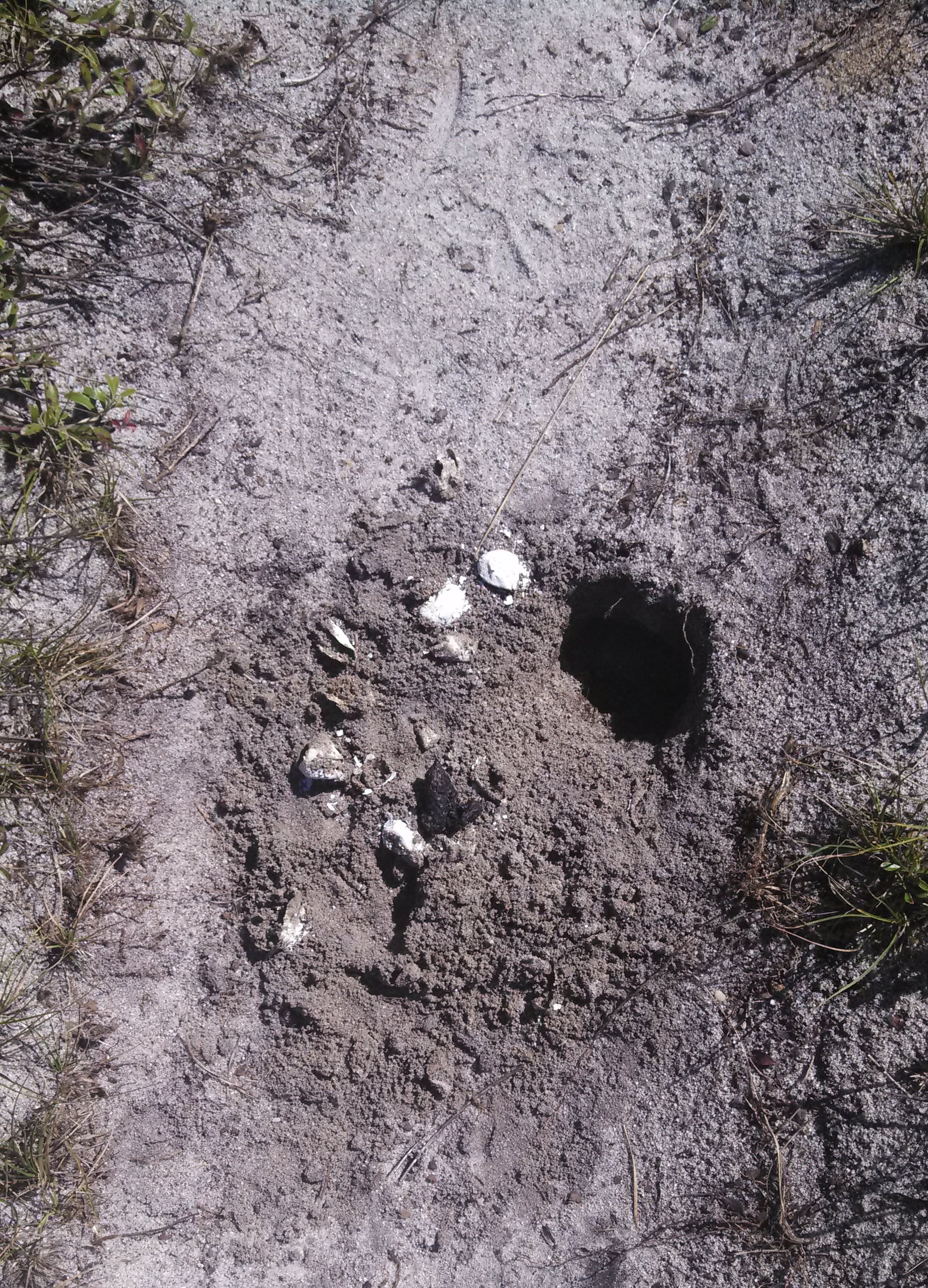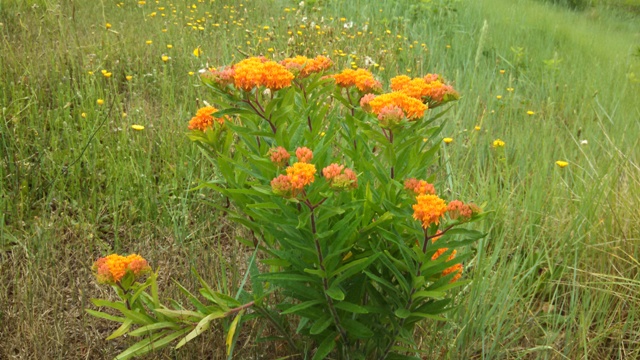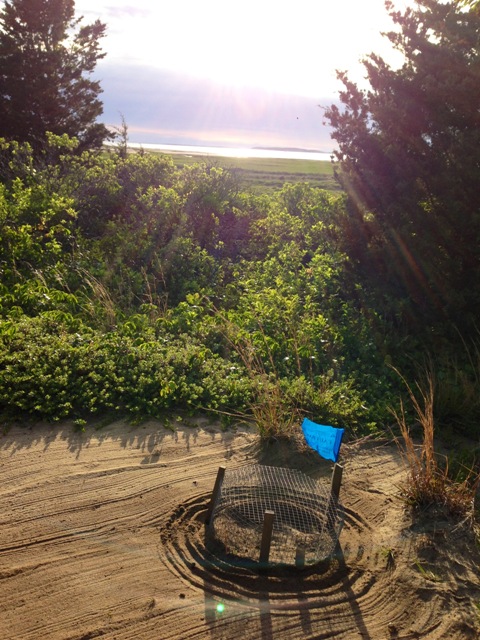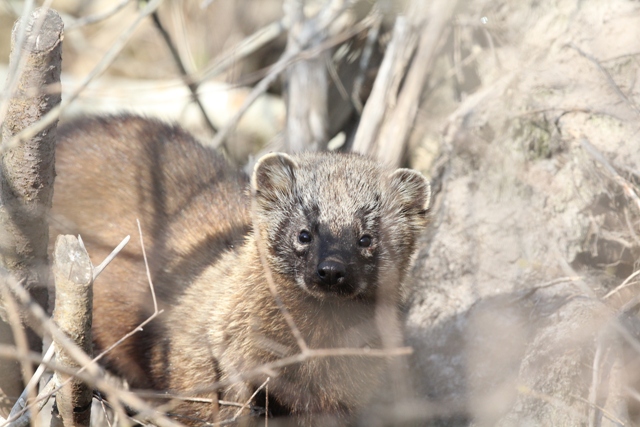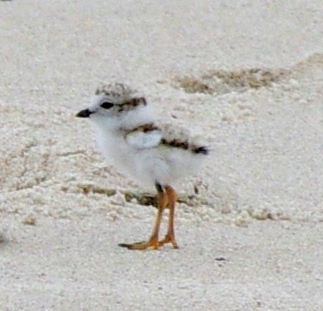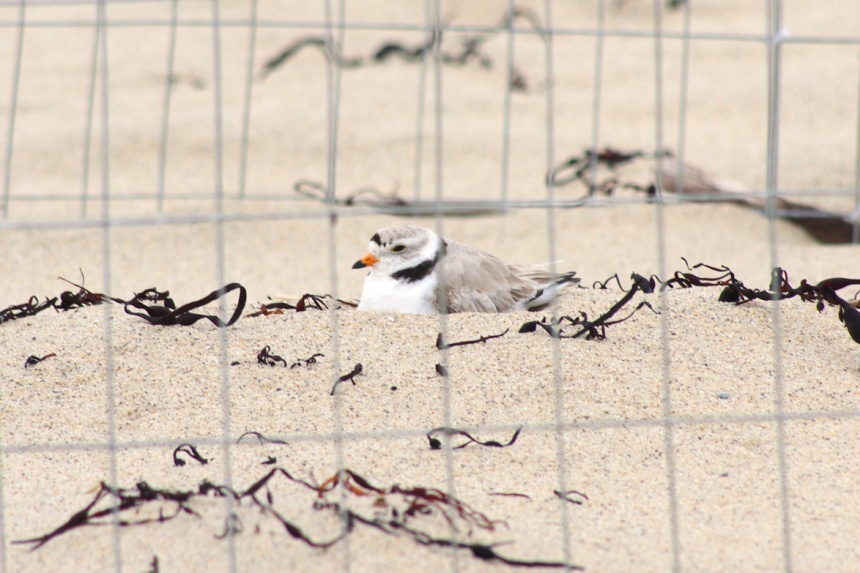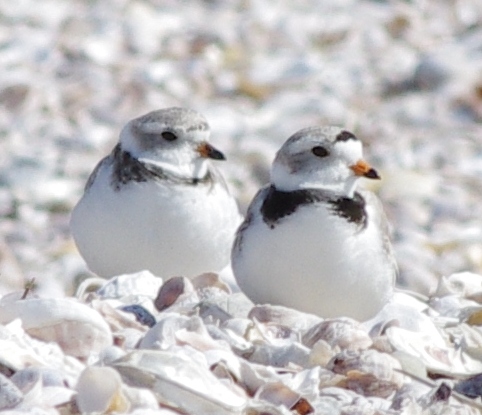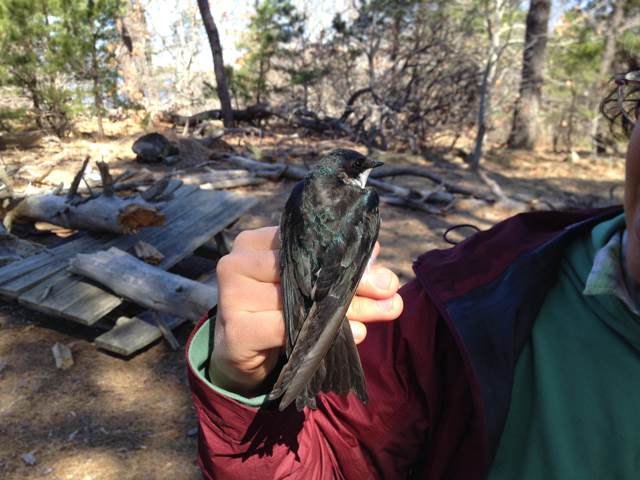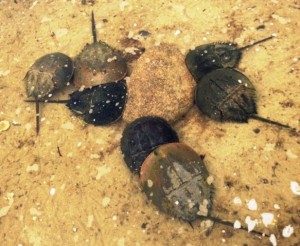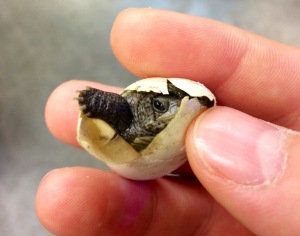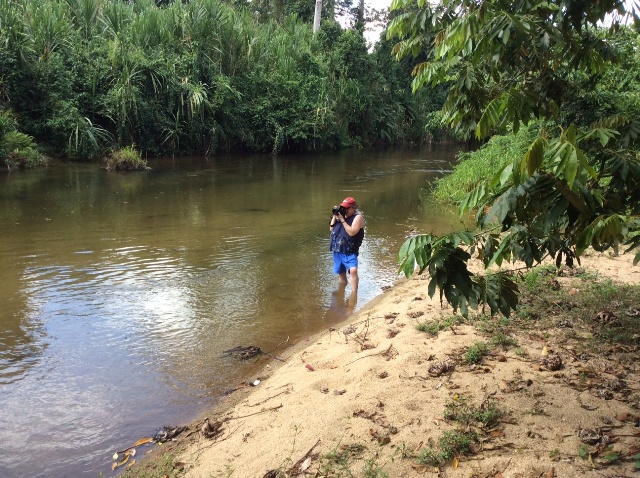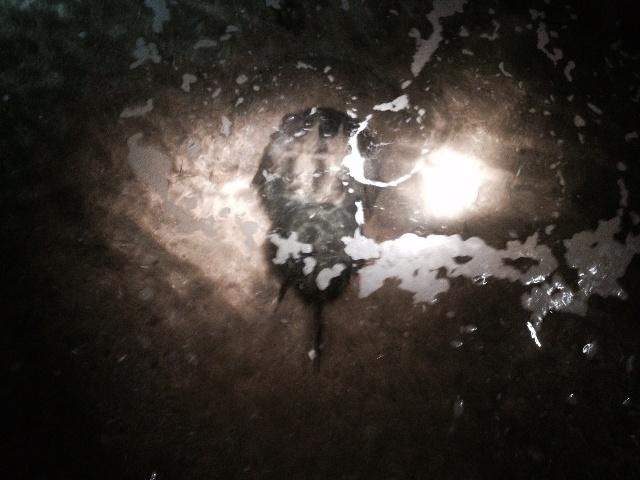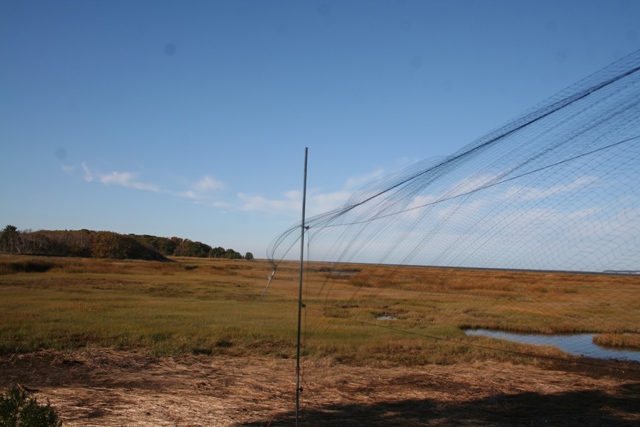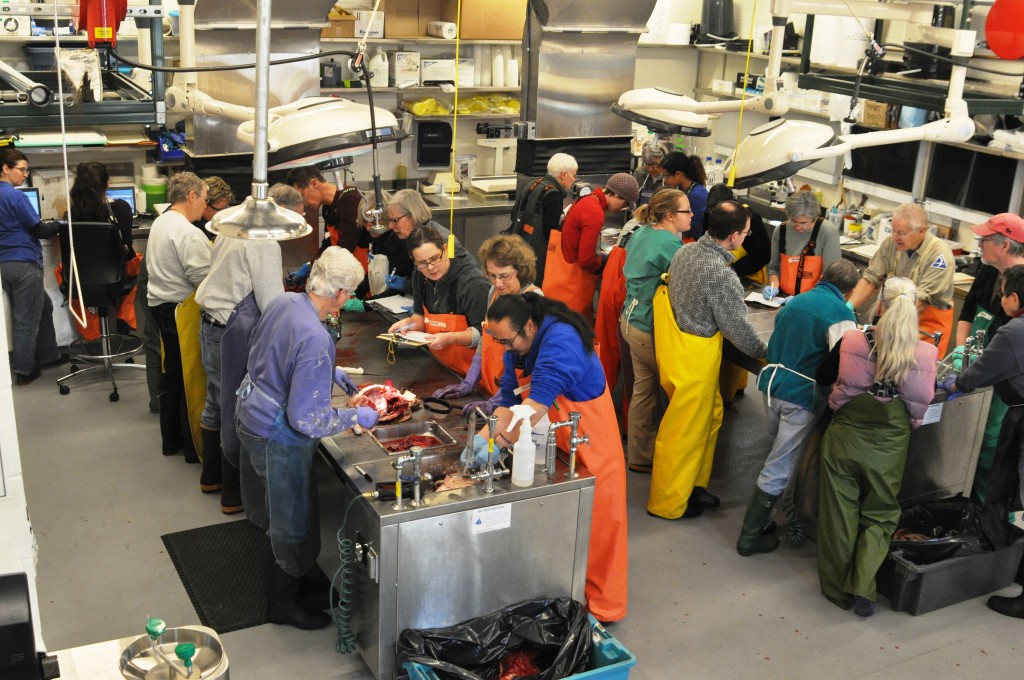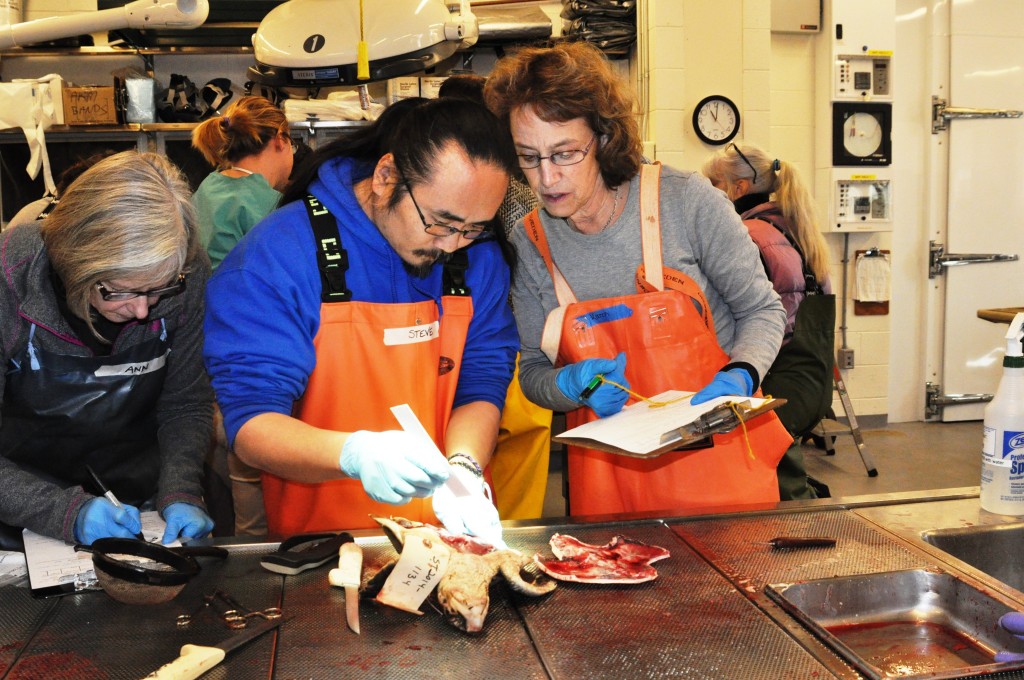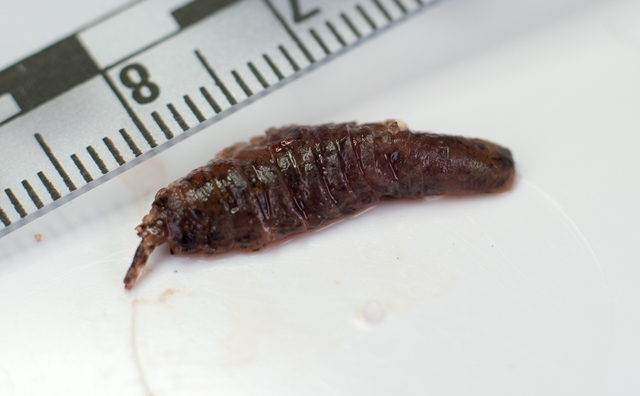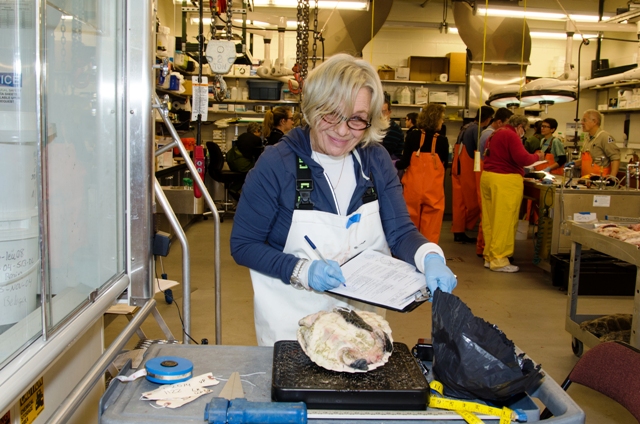As any new birder knows, identifying birds beyond the backyard regulars can be frustratingly slow-going.
But volunteer Mary Lou Heintz was determined to learn her birds. An avid fan of all things outdoors, she took an intensive weekend course in bird banding when she lived in Connecticut.
A year ago, Mary Lou moved to Harwich and wanted a chance to get more experience. “I talked to Mark (Faherty) about helping out (master bander) James Junda and he said ‘Why not?’. Then when I asked James, he just said ‘Take a seat!'”
That was last spring and Mary Lou has been sitting at the banding table with James through two migration seasons.
She has spent much of her time as data recorder and, of course, watching James quickly and ably band, weigh, measure and age birds that are caught in the 17 mist nets stationed around the sanctuary.
Given her eight weeks of apprenticeship, James has started to put Mary Lou to small tests “When we’re checking the (mist) nets,” she recounts, ” he and Dan will say, ‘Okay, what bird is that, Mary Lou?'”.
Then, there’s the delicate and crucial art of safely removing a netted bird. The rule of thumb is : first remove one wing, then the head, the other wing, and the feet.
Mary Lou says her seat at the banding table and seeing birds up close has taught her the importance of identifying birds by narrowing down the choices based on bill and wing shape. “Sometimes they’d show me a simple fall goldfinch and I’d want to think it’s something else,” she says.
But by this late stage of fall migration, Mary Lou knows James is holding a warbler (slender bill compared to the goldfinch’s wider one). But it was still tricky…except for those yellow feet, a great field mark for identifying Blackpoll Warblers in the fall!
For all the seriousness with which she takes her learning opportunity, Mary Lou says there’ve been many fun moments banding birds. “Getting out at sunrise every day, holding birds, working with James who’s so intelligent and patient,” she says. Mary Lou loves seeing raptors up close but says a small collection of kinglets that came through one day was also pretty special.

A kinglet collection, from left to right: female golden-crowned, male golden-crowned, male ruby-crowned. (photo by Dan Lipp)
Wellfleet Bay’s banding station, overseen by master bander James Junda, operates during spring and fall migration. Bird banding is the foundation of bird research. It also presents the opportunity to directly engage the public with birds, their remarkable adaptations, and the importance of conserving their habitats.



